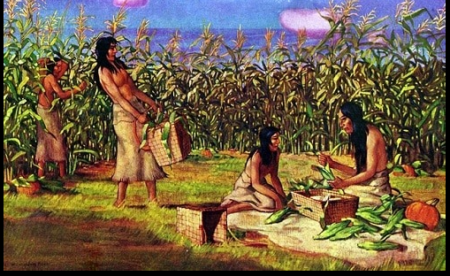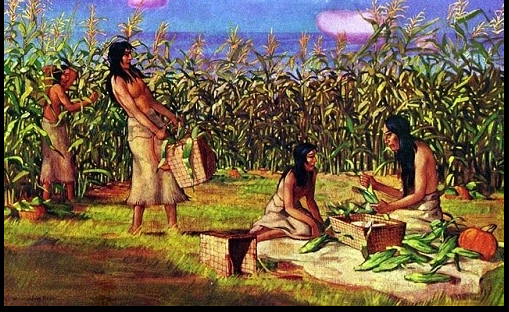Discover why crops thrived in ancient Mesopotamia. Explore the fertile soil, advanced irrigation systems, and innovative agriculture techniques that facilitated bountiful harvest. One of the reasons for the prosperity of these civilizations was the abundance of crops that grew remarkably well in Mesopotamia. In this article, we will delve into the factors that contributed to the successful cultivation of crops in this region.
Crops Grew Well in Mesopotamia Because

Crops grew well in Mesopotamia due to several key factors:
- Fertile Land: The region, particularly between the Tigris and Euphrates rivers, was known as the Fertile Crescent due to its rich, fertile soil. This area received silt and nutrients carried down by the rivers, which replenished the soil and made it highly productive for agriculture.
- Irrigation Systems: The Mesopotamians developed sophisticated irrigation systems, including canals, dikes, and reservoirs, to manage the flow of water from the Tigris and Euphrates rivers to their fields. This allowed them to control water supply even during dry periods, ensuring crops could be grown throughout the year.
- River Flooding: The annual flooding of the Tigris and Euphrates rivers brought fresh silt and nutrients to the land, which was crucial for replenishing the soil and keeping it fertile for agriculture. Mesopotamians learned to manage these floods to their advantage.
- Crop Diversity: Mesopotamians cultivated a variety of crops that were well-suited to the region’s climate and soil conditions. Staple crops included barley, wheat, dates, and legumes, which thrived in the fertile soil of the area.
- Agricultural Innovation: The Mesopotamians were innovative in their agricultural techniques, developing plows and other farming tools that improved efficiency and yields. They also practiced crop rotation and fallowing to maintain soil health.
- Climate: The climate in Mesopotamia, with its hot, dry summers and mild, wet winters, was conducive to growing the types of crops that Mesopotamians relied on, particularly cereals like wheat and barley.
These factors combined to create an environment where agriculture could flourish, supporting the growth of cities and civilizations in ancient Mesopotamia.
Conclusion
Crops grew exceptionally well in Mesopotamia due to a combination of factors. The fertile soil, advanced irrigation systems, mastery of agriculture techniques, introduction of plows and tools, utilization of fertilizers, and diverse crop selection all contributed to the region’s agricultural prosperity. The success of crop cultivation played a pivotal role in the development of powerful ancient civilizations in Mesopotamia and laid the foundation for subsequent agricultural advancements in human history.
